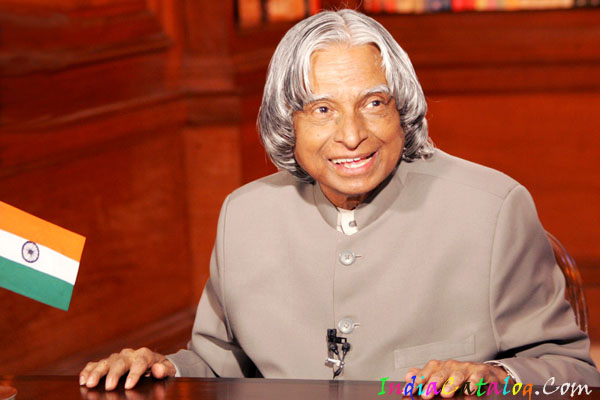Banks set to meet investment needs of India Inc: RBI Guv Sanjay Malhotra
.webp)
The banking sector is poised to meet the investment needs of the industry given its healthy balance sheet, and adequate liquidity and capital buffers, said Reserve Bank of India (RBI) Governor Sanjay Malhotra.
Malhotra said in view of the benign inflation outlook and moderate growth, monetary policy has turned accommodative and the policy rate was reduced cumulatively by 50 basis points (bps) this year from February 2025.
On the recent geopolitical uncertainties due to US’ tariff policies, he said strong domestic demand and relatively lower dependence on exports cushion the Indian economy from external spillovers.
Speaking at the US-India Economic Forum organised by the Confederation of Indian Industry (CII) and US India Strategic Partnership Forum (USISPF), in Washington DC on Friday, Malhotra said, “We are committed to further enhancing the capacity, responsiveness, and resilience of the banking and non-banking financial sectors with emphasis on balancing regulation with efficiency and stability.”
He added, “While offering excellent opportunities for investment, as private debt to gross domestic product (GDP) is still on the lower side, the banking sector is poised to meet the investment needs of the society and industry.”
The speech was uploaded on the RBI website on Sunday.
He said the banking sector, which continues to meet the large funding requirements of the economy, has demonstrated resilience with a healthy balance sheet.
“The soundness of scheduled commercial banks (SCBs) has been bolstered by strong profitability, lower non-performing assets and adequate capital and liquidity buffers. The health of non-banking financial companies (NBFCs) is also robust. Bank credit growth, although moderating in recent months, continues to be in double digits (about 12 per cent) compared to an average of about 10.5 per cent in the last 10 years,” he said.
Commenting on the external sector, he said the current account deficit is manageable and the rupee moved in an orderly manner despite the recent volatile period.
Malhotra added, “India’s current account deficit (1.3 per cent of GDP during April-December 2024) remains eminently within manageable limits, supported by robust services exports and private remittances. Even in the recent volatile period, the rupee has moved in an orderly manner and performed relatively better compared to its peers, reflecting strong macroeconomic fundamentals, adequate foreign exchange buffers and depth of our foreign exchange market.”
He said that foreign investors continued their confidence in India. This was evident as gross foreign direct investment (FDI) inflows to India increased to $75.1 billion in April-February 2024-25 from $65.2 billion in the same period a year ago.
The RBI governor added, “FDI inflows, however, moderated during this period due to higher repatriations and outward investment, which is a sign of a mature market where foreign investors can enter and exit smoothly, reflecting positively on the Indian economy.”
Malhotra said domestic economic growth is projected at 6.5 per cent for the current financial year. This is lower than the figure in recent years and falls short of India’s aspirations. But it remains broadly in line with past trends and the highest among major economies.
He said over the past four financial years (2021-22 to 2024-25), GDP saw an average annual growth rate of 8.2 per cent.
He added, “It was and continues to be the fastest-growing major economy in the world. This is a significant step up from the average growth rate of 6.6 per cent in the preceding decade (2010-2019).”
Lauding the Centre’s effort towards fiscal consolidation, he said the government is maintaining a focus on reducing the fiscal deficit without compromising on expenditure quality, that is, growth inducing spending.
He said, “Government spending is better targeted. The quality of expenditure has improved. Share of the central government’s capital expenditure as a percentage of GDP has surged from 1.7 per cent in 2019-20 to 3.1 per cent in 2024-25.”
Malhotra said the progressive fiscal consolidation in India has enhanced space for the private sector to raise resources for investment.
He also credited successive governments for carrying out economic reforms irrespective of their political affiliation.
“Economic liberalisation focusing on market-oriented policies has been a consistent theme across successive governments. While the pace and specific focus of reforms may have varied from time to time, the commitment to a more market-oriented economic structure has not changed,” he said.
He concluded by saying that at a time when many advanced economies are facing economic headwinds, India continues to offer strong growth and stability. This has made it a natural choice for investors seeking long-term value and opportunities, he said.

.webp)
.webp)
.webp)
.webp)
.webp)
.webp)
.webp)
.webp)
.webp)
.webp)













